Search and Rescue Radar Transponders (SARTs)
Description
Search and rescue radar Transponders (SARTs) are the main means in the GMDSS for locating ships in distress or their survival craft, and their carriage on board ships is mandatory. The SART is a small, battery powered, omni–directional radar receiver and transmitter. They may also be incorporated into a float–free satellite EPIRB. The batteries fitted to a SART allow operation in the standby condition for at least 96 h, plus a further 8 h whilst being interrogated.
Purpose and method of operation of a SART
A SART operates in the 9 GHz (3 cm or ‘X-band’) radar frequency band and, on receiving a signal from a ship or aircraft radar, transmits a series of response (homing) signals. The SART can be activated manually or automatically (in some cases) so that it will thereafter respond when interrogated. The method of using and activating SARTs varies over the type available, but instructions are marked on the sides of all SARTs.
These response signals will be seen on the ship or aircraft radar screen as a line of 12 dots (0.64 n miles apart) extending approximately 8 n miles outward from the SART’s position along its line of bearing. This unique radar signal is easily recognised and allows the rescue vessel or aircraft to locate the survival craft. As the SART becomes closer, another 12 dots are produced, also 0.64 n miles apart (see Section 11.1.4).
A SART will not respond to 3 GHz radar (also referred to as 10 cm or ‘S-band’) radar.
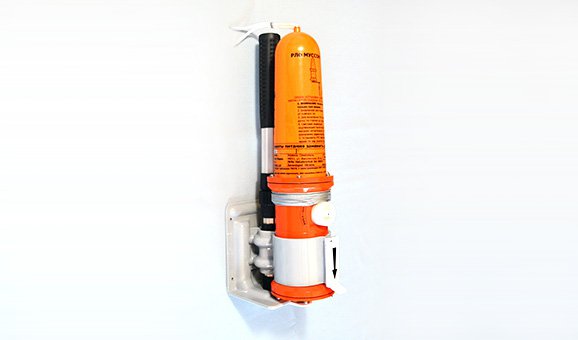
Indication of operation and interrogation
On activation the SART will provide a visible and/or audible indication of its correct operation. It will also provide an indication when it is being interrogated by radar signals from a searching ship or aircraft.
Location distances
A SART should respond when interrogated by a shipborne X-band radar with a scanner height of 15 m within 8 n miles. A SART should also respond when interrogated by a compatible X-band radar fitted to an aircraft operating at a height of 3 000 feet at a distance of at least 30 n miles.
As height is the key to improving the distance that a SART will respond to a radar signal, survivors should endeavour to mount the SART as high as possible in a lifeboat or life raft, by lashing it to an oar, etc. Some models of SART incorporate mounting poles for this purpose. The vertical polar diagram of the antenna and the characteristics of the device will permit the SART to respond to radars under heavy swell conditions. SART transmission is substantially omni-directional in the horizontal plane.
Location errors
When a SART is being interrogated by a search radar, the SART’s receiver is sweeping the radar band continuously, search for radar signals. Once interrogated (or triggered) by an X-band radar in range, the sweeps becomes alternately slow and fast. As all marine radars do not operate on exactly the same frequency within the 9 GHz radar band, there may be a small delay in SART response as the SART receiver locks onto the searching radar signal. Once the SART receiver has locked onto the searching radar, there is also a delay as the SART switches from receive to transmit mode, and it continues to sweep.
When the range closes so that the fast sweeps responses are seen, the first dot of the SART response displayed will be no more than 150 m distant from the true location of the SART.
When the range is such that only the slow sweep responses are seen (range approximately greater than 1 n mile), the first dot of the SART response displayed will be as much as 0.64 n miles beyond the true position of the SART.
Operating radar for SART detection
IMO Safety of Navigation Circular 197 provides guidance on using X-band radar for the detection of SARTs. This Circular is included as Appendix 12.
GMDSS carriage requirement
The GMDSS regulations require vessels between 300 and 500 GRT to carry one SART (or AIS-SART). Vessels over 500 GRT must carry two.
The SART(s) or AIS-SART(s) must be stowed in locations from where they can be rapidly placed in survival craft. Most Australian GMDSS vessels have SARTs stowed on the bridge, near the bridge wing doors. Alternatively, they may be stowed in survival craft.
Passenger ships
One SAR locating device (i.e. SART or AIS-SART) on each side of the ship capable of being rapidly placed in any survival craft.
Ro-ro passenger ships
Liferafts carried on ro-ro passenger ships are to be fitted with additional SAR locating devices (i.e. SART or AIS-SART) in the ratio of one for every four liferafts. The SAR locating device must be mounted inside the liferaft in accordance with provision 32.2.5 of Marine Order 25 (which gives effect to SOLAS III/26.2.5). Containers of liferafts fitted with SAR locating devices must be clearly marked.
Free-fall lifeboats
If the vessel carries at least two SAR locating devices (i.e. SART or AIS-SART), one shall be stowed in a free-fall life-boat, and one located in the immediate vicinity of the navigation bridge.
High speed craft
Under the High Speed Craft (HSC) Code, on passenger high speed craft and cargo high speed craft over 500 GRT must have one on each side of the vessel.
Radar reflectors
Where the International Life-saving Appliance (LSA) Code lists a radar reflector, a SAR locating device may be carried instead of the radar reflector.
Servicing and Testing
Marine Orders made under require that a radar transponder must be inspected, tested and have its batteries replaced at intervals specified by its manufacturer. Aboard ship, each SART shall be examined at least once a month to check how secure it is its mounting and for signs of damage. It is not necessary to test the SART aboard ship routinely (refer to Section D of the AMSA GMDSS Radio Log).
SART is a subject to annual performance tests.
SART Tester is professional equipment intended to provide accurate, independent validation of the operation of any Radar-SART in accordance with the requirements of SOLAS - 74/88
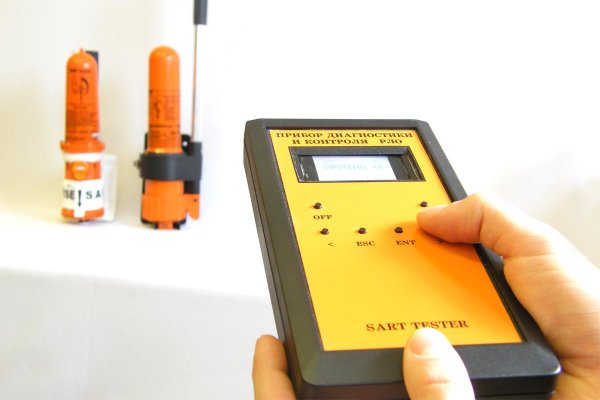
Radar Target Enhancers (RTE)
Small craft sometimes install additional anti-collision devices called radar target enhancers (RTE)s, which may be a passive reflector-type or active devices. Active devices receive an interrogating radar pulse, amplify and stretch the pulse, and re-transmit it, resulting in an increased, or at least more consistent ‘paint’ on other vessels’ radar display/s. IMO recommends against RTEs which produce a radar image which does not relate to the size of the vessel.

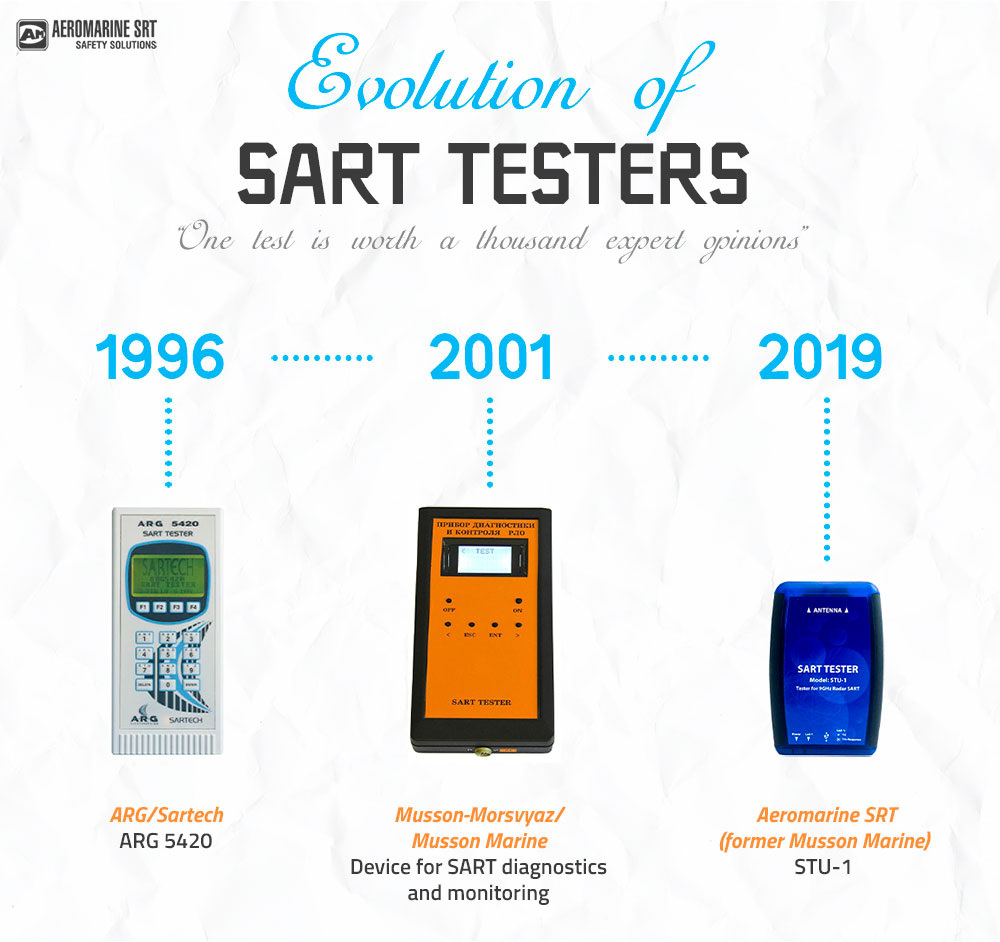
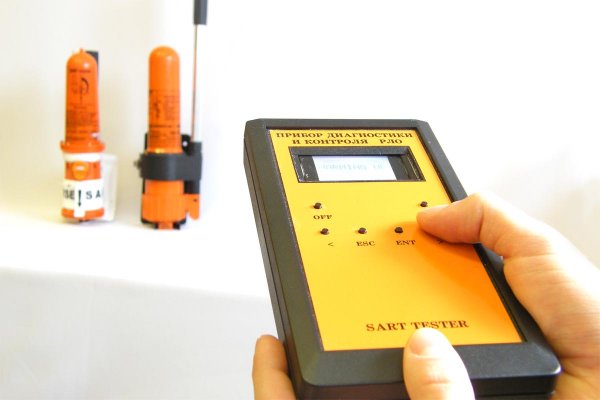
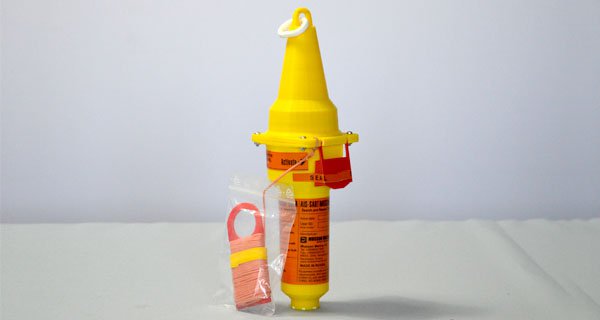

Be the first to comment